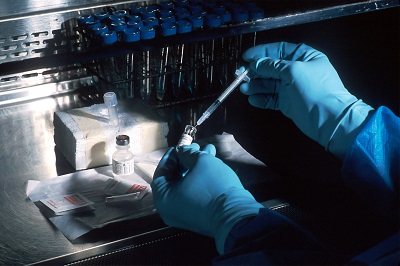The process for applying for Class C medical device registration in Indonesia through the Ministry of Health (MOH), specifically with BPOM (Badan Pengawas Obat dan Makanan), follows a structured series of steps designed to ensure the safety, efficacy, and quality of medical devices entering the Indonesian market. Below is a detailed breakdown of the steps involved in the registration process for Class C medical devices:
1. Pre-Application Preparation
Before you start the application, there are several key preparations to be made:
a. Classify the Device
- Ensure that the device is correctly classified as Class C (moderate risk), which typically includes devices like diagnostic equipment, surgical instruments, etc.
- For Class C devices, BPOM requires substantial documentation, including clinical data and compliance with international standards like ISO 13485 and ISO 14971.
b. Appoint an Authorized Representative
- If you are an overseas manufacturer, you must appoint a local authorized representative or distributor in Indonesia who will be responsible for submitting the registration on your behalf.
c. Prepare the Required Documents
Ensure that you have all necessary documentation ready for submission:
- Device description and intended use.
- Risk management documentation in compliance with ISO 14971.
- Clinical data supporting the safety and effectiveness of the device (if applicable).
- ISO 13485 certification (Quality Management System).
- Good Manufacturing Practices (GMP) certification for the manufacturing facility.
- Labeling and packaging information (including Bahasa Indonesia translations).
- Manufacturer’s information, including address and contact details.
2. Submit the Registration Application via BPOM’s e-Registration System
- e-Registration System: BPOM requires all applications to be submitted through their online portal (e-Registration system). This system allows manufacturers and authorized representatives to submit all required documents electronically.
Steps:
- Create an Account: If you do not already have an account, create one on BPOM’s e-Registration system.
- Log in and Complete the Form: Fill out the registration application form on the portal, providing device details, manufacturer information, and regulatory documents.
- Upload Documents: Upload all required documents, including clinical data, labeling, and GMP certificates.
- Pay the Application Fee: BPOM will notify you of any fees for submitting the registration. Payments are typically made via the online portal.
3. BPOM Review and Evaluation
- Technical Evaluation: BPOM will perform a detailed review of the submitted documentation. They will evaluate the technical specifications of the device, clinical evidence, and compliance with international standards (e.g., ISO 13485, ISO 14971).
Key Aspects of Evaluation:
- Risk Assessment: BPOM will assess the risks associated with the device and evaluate whether they have been mitigated adequately.
- Clinical Data Review: If the device is a high-risk Class C device, BPOM will scrutinize the clinical data for safety and efficacy.
- Quality Control and GMP: BPOM will verify compliance with Good Manufacturing Practices (GMP) and may require GMP inspection reports.
BPOM may request additional information or clarifications during this phase. Therefore, be prepared for potential follow-up communications.
4. Issuance of Marketing Authorization (NOM)
- Approval Notification: If the application is successful and the device meets BPOM’s requirements, BPOM will issue a Marketing Authorization (often called NOM or No Objection Letter), which allows the device to be marketed and distributed in Indonesia.
- Registration Certificate: BPOM will issue an official certificate that serves as proof of regulatory approval for your device. This is usually valid for 5 years.
5. Post-Market Surveillance and Compliance
After the device is registered and approved, the manufacturer or authorized distributor is responsible for post-market surveillance and compliance with Indonesian regulations.
a. Adverse Event Reporting
- If the device causes serious adverse events or malfunctions, BPOM must be notified immediately (usually within 10 days for serious events). You are required to submit a detailed report, including corrective actions taken.
b. Post-Market Surveillance:
- Periodic Reports: Manufacturers are required to submit regular post-market surveillance reports to BPOM, detailing any issues or safety concerns related to the device.
c. Product Recalls:
- If any safety issues arise, BPOM may instruct a product recall. The manufacturer must have a recall plan in place and comply with BPOM’s instructions for handling product recalls.
6. Renewal of Registration
- Five-Year Renewal: The initial device registration is valid for 5 years. Before the expiry of the registration, manufacturers must apply for renewal. The renewal process typically includes submitting updated clinical data, post-market surveillance reports, and GMP certificates.
- Re-Registration: If there are significant changes to the device (e.g., design or intended use), a re-registration application may be necessary.

Whatsapp or Wechat:+86 15816864648;email address:hito.lin@grzan.cn
.png)
.jpg)
.png)

.png)